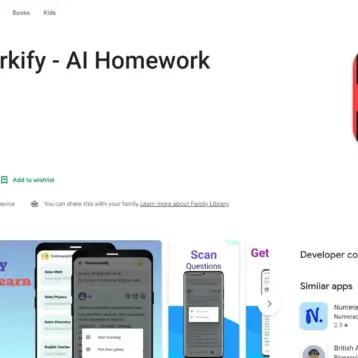Microsoft is offering a growing number of tours of the sky, guided by astronomers and educators from some of the most famous observatories and planetariums in the U.S., including Harvard Astronomer Alyssa Goodman and University of Chicago Cosmologist Mike Gladders. Each tour elaborates on a different subject, such as the condensing of the Milky Way into stars and planets and the bending of light, which allows us to see billions of years into the past.
Microsoft used its Visual Experience Engine to create the WorldWide Telescope; the ‘telescope’ allows seamless panning and zooming around the night sky, planets, and image environments. Thanks to the new technology, the sky can be viewed from multiple wavelengths- X-ray, visible light, and Hydrogen Alpha are just several of the views that can be cross-faded into each other. Other methods to explore our sky include tours of the Moon and of selected planets.
The idea behind Microsoft’s new project it to try and combine images, information, and stories from multiple sources into a rich media experience. The project’s creation involved other organizations besides Microsoft Research, and members of the academic, educational and scientific communities helped to make WorldWide Telescope a reality. NASA, along with other organizations, collaborated with Microsoft Research to provide the imagery, provide feedback on the application from a scientific point of view, and help turn the WorldWide Telescope into a rich learning application.
The project was initiated by renowned Microsoft Senior Researcher Jim Gray. The WorldWide Telescope is built on top of Gray’s pioneering development of large-scale, high-performance online databases, including SkyServer, and his contributions to the Sloan Digital Sky Survey, a project whose purpose is to map a large part of the Northern sky outside of the galaxy. Microsoft Research has announced that the release of WorldWide Telescope was made as a tribute and it hopes it will contribute to the astronomy and education communities. Roy Gould, a Researcher at the Harvard-Smithsonian Center for Astrophysics, said: “I believe this new creation from Microsoft will have a profound impact on the way we view the universe.”
TFOT has covered the latest photos from ESA’s Mars Express Orbiter, and NASA’s ultraviolet mosaic of the nearby “Triangulum Galaxy“, a combination of 39 individual frames taken over 11 hours of exposure time. Other related TFOT stories are the light echo of an enormous X-ray flare, which was apparently produced when a single star was disrupted by a super-massive black hole, and the confirmation of the leading theory regarding accelerated particles near black holes.
More information on the WorldWide Telescope can be found on the telescope’s website.










